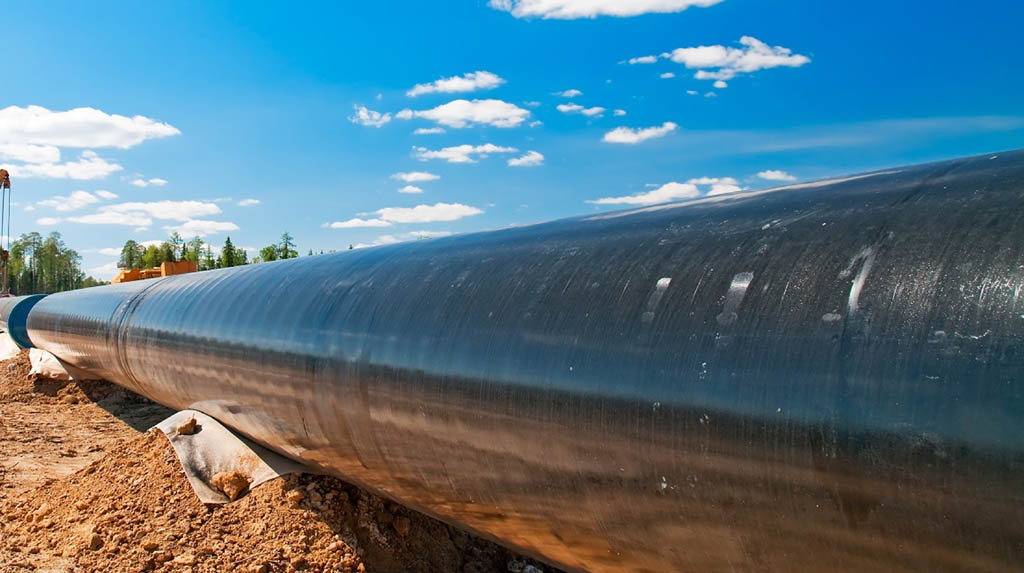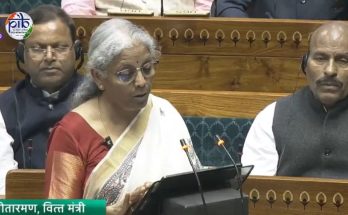Bhubaneswar: Reduction of carbon footprint by 97 per cent and
energy consumption by 93 per cent had been achieved through transportation of minerals through slurry pipelines, it was learnt at a two-day virtual internationa workshop on Design, Construction and Operation of Long Distance Slurry Pipelines for Mineral Transportation organised by Siksha ‘O’ Anusandhan (SOA) here.
The workshop, organised on January 8 and 9 in association with Atha Group of Kolkata and attended by more than 800 participants from across the world, discussed a plethora of subjects including pipeline design, engineering, construction and operation and maintenance of slurry pipelines.
The speakers informed the conference that pipelines of 24 million tonnes per year capacity had been constructed and were in use for a cumulative distance of 738 km. There were proposals for construction of pipelines to raise the present capacity to 200 million tonnes per year for a cumulative distance of around 3,500 km. The proposals were at various stages of approval.
They said globally around 300 million tonnes of minerals including coal were being transported through underground slurry pipelines which was an all weatherproof method and was immune to cyclones, floods, earthquakes and human interference. Around 85 to 90 per cent of water used for this transportation could be reused.
Globally, several types of minerals including iron ore, coal, bauxite, lead, zinc, cooper, rock phosphate, fly ash and waste products from mines were being transported through such pipelines. The objective of the workshop was to facilitate interaction between industry, research and academic institutes to understand the design criteria requirements
for hydraulic transportation of minerals through long-distance pipelines, Prof.
D.N.Thatoi, Head of the Department of Mechanical Engineering of the Institute of Technical Education and Research (ITER), SOA’s faculty of engineering and technology, said. Of the total number of 24 resource persons, 14 belonged to countries like USA, Canada, Brazil, Chile, Germany, The Netherlands and Australia while the rest were from India, Prof. Thatoi said.




